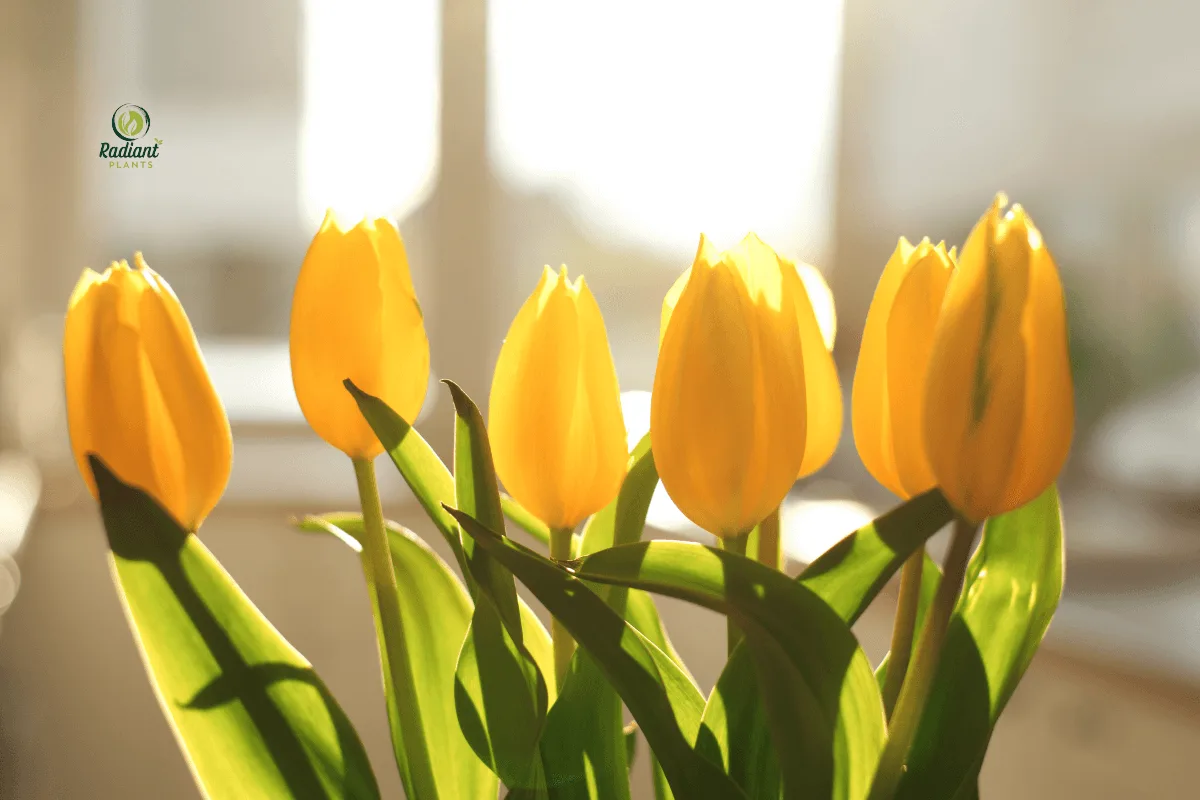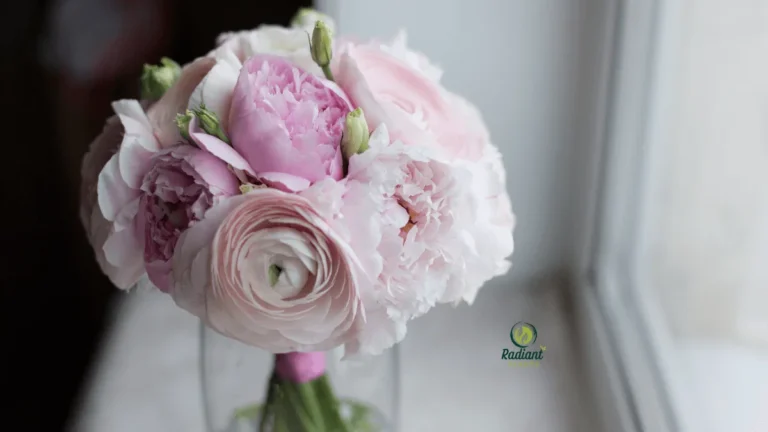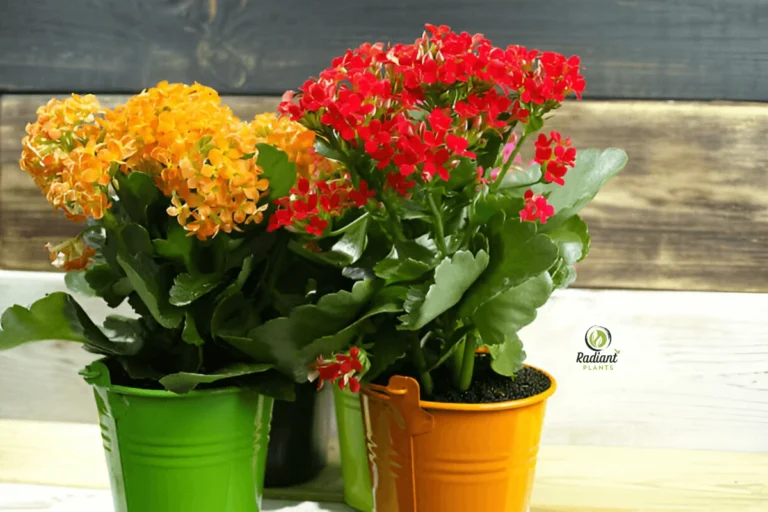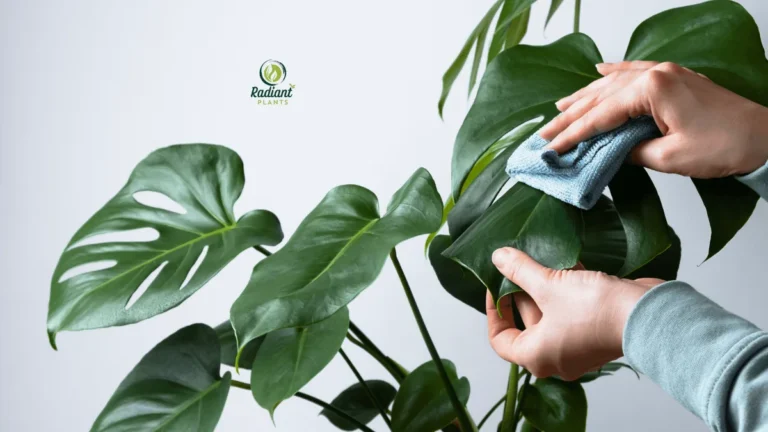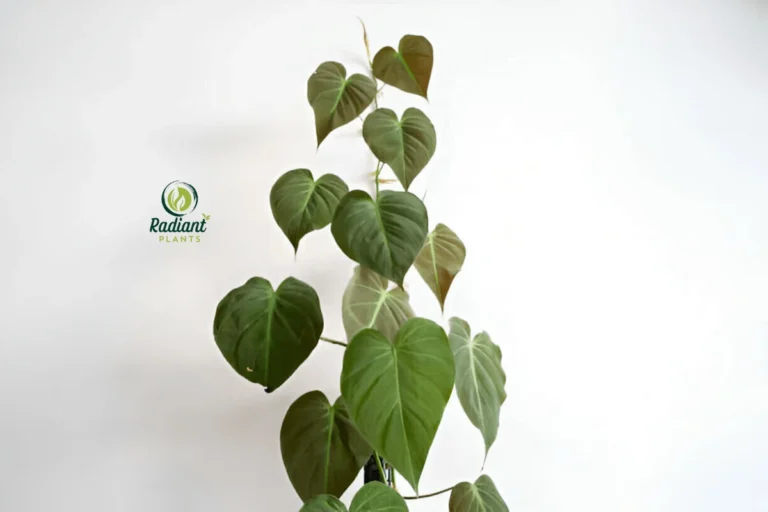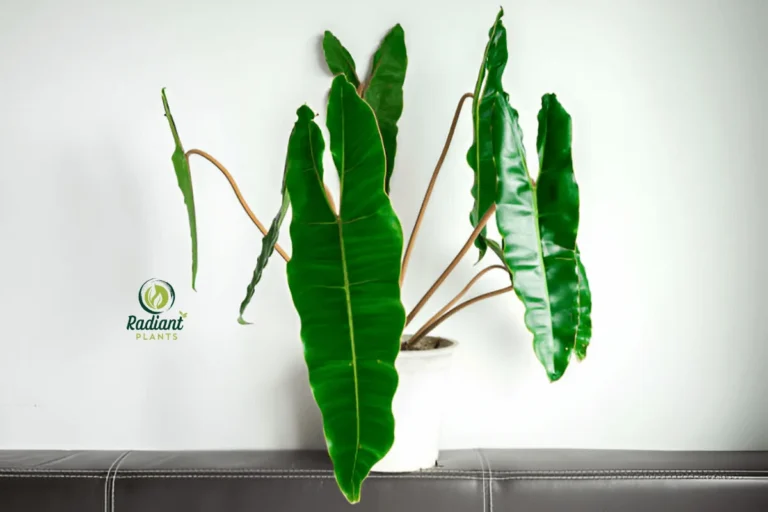Yellow Tulips: How to Keep Them Blooming Beautifully Every Year
Yellow tulips can bloom year after year if you choose the right variety and care for them correctly. With proper planting techniques, nutrient-rich soil, and a consistent seasonal routine, these cheerful flowers can return each spring brighter than before.
Many gardeners are surprised to learn that not all yellow tulips are true perennials. Some bloom once and fade, while others—like Darwin hybrids—can thrive for several seasons with a bit of extra care. If your yellow tulips didn’t return this year, don’t worry—you’re not alone, and there’s a solution.
In this guide, we’ll cover exactly how to plant, maintain, and troubleshoot your yellow tulips so they bloom again and again. Let’s make sure your spring garden never misses that golden glow.
Table of Contents
Table of Contents
Why Yellow Tulips Fail to Bloom Again
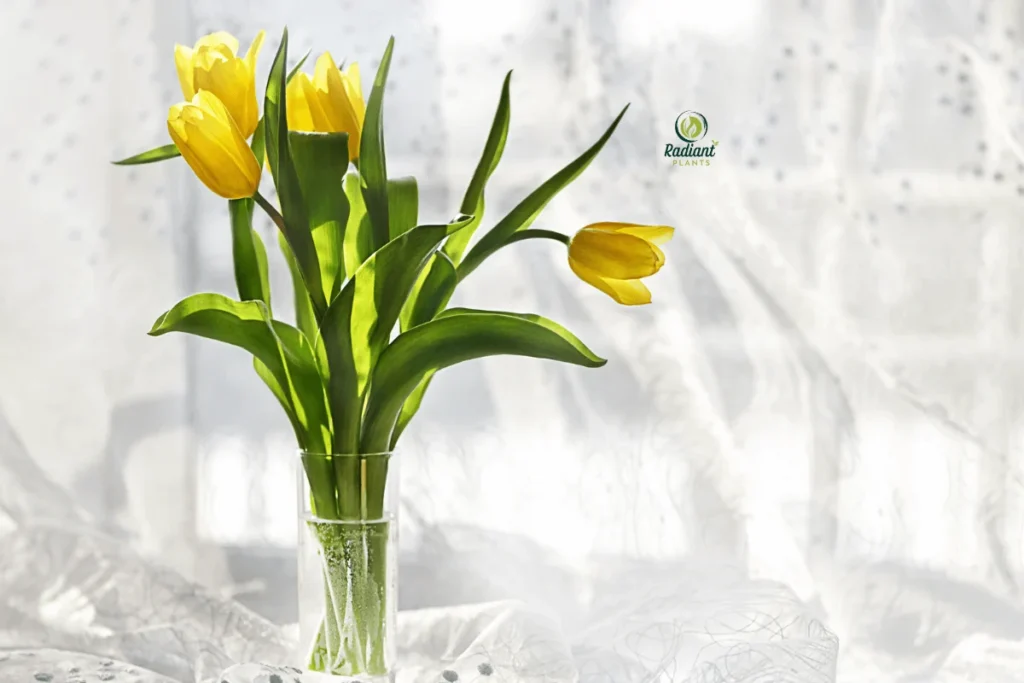
Yellow tulips often fail to bloom again due to being the wrong variety, poor soil drainage, or incorrect post-bloom care. While their bright golden petals are a welcome sight in spring, many gardeners are disappointed when the tulips don’t return the following year. Fortunately, this problem has practical solutions rooted in choosing the right bulbs and giving them what they need to thrive long-term.
Let’s break down the most common reasons why yellow tulips disappear after one blooming season—and what you can do to fix it.
One-Time Bloomers vs. Perennial Tulips
The first reason your yellow tulips might not return is simple: they were never meant to.
Many tulip bulbs sold at garden centers or seasonal displays are one-season bloomers. These are typically forced bulbs that have been bred or manipulated to produce a single dramatic show. They put all their energy into that first burst of color, then exhaust themselves, unable to store enough nutrients for future blooms.
On the other hand, perennial tulips, sometimes called “naturalizing” tulips, are varieties with stronger genetics and the ability to return for several years under the right conditions. But even these need the proper care.
🧬 Know the Type Before You Plant
Tulip Type | Blooming Pattern | Examples |
|---|---|---|
One-Time Bloomers | Strong first year, often fail to return | Many supermarket tulips |
Perennial Yellow Tulips | Can return for 3+ years with care | Darwin Hybrids, Yellow Emperor, Golden Parade |
If your goal is a garden of yellow tulips that bloom every spring, start with varieties known for reblooming—and treat them like the delicate perennials they are.
Common Causes of Dormancy or Death
Even when you plant the right type, several growing and maintenance mistakes can lead to poor bulb performance. Tulips are surprisingly sensitive to their environment, and small missteps can cause them to either skip a year or die off entirely.
🌧️ 1. Overwatering and Bulb Rot
Yellow tulips dislike wet feet. If your garden has heavy clay or retains moisture, the bulbs may rot before they ever sprout again. This is especially common in regions with rainy springs or in containers without drainage holes.
🧱 2. Poor Soil Drainage
Well-drained soil is essential. Sandy or loamy soil helps water flow freely and keeps the bulb oxygenated. Planting in raised beds or amending heavy soil with compost or sand can greatly reduce rot risk.
⛏️ 3. Shallow Planting
Planting bulbs too close to the surface exposes them to cold snaps, heat fluctuations, and pests. Ideally, tulips should be planted 6–8 inches deep, allowing stable soil conditions for root development.
🍃 4. Premature Leaf Removal
After blooming, the tulip’s leaves continue photosynthesizing to recharge the bulb. Cutting back green or even slightly yellowing foliage interrupts this process, weakening the bulb and diminishing its ability to return.
🌡️ 5. Lack of Winter Chill
Tulips need a cold dormancy period (typically 12–16 weeks below 45°F) to reset their bloom cycle. In warmer zones (8–10), bulbs may not receive enough chill hours unless artificially pre-cooled before planting.
🔍 Top 5 Reasons Yellow Tulips Don’t Rebloom
Here’s a quick diagnostic list to check your setup:
- 🌧️ Overwatered bulbs – causing soft, rotted tulip bases
- 🧱 Compacted or soggy soil – prevents root aeration
- ✂️ Leaves cut off too early – stops bulb energy storage
- ⛏️ Shallow or early planting – exposes bulbs to instability
- 🧬 Using non-perennial varieties – can’t rebloom reliably
🪴 Bonus Tip: Don’t Expect Too Much Too Soon
Even reblooming yellow tulips may weaken over time, blooming smaller or less frequently after 2–3 years. This is normal. You can dig and divide healthy bulbs every couple of seasons, or refresh your bed with a mix of new perennial bulbs each fall.
By identifying the type of tulips you’ve planted and correcting any environmental stressors, you can turn a fading spring display into a perennial yellow masterpiece. In the next section, we’ll look at the best reblooming yellow tulip varieties and how to choose them wisely for a garden that gets better each year.
Choose the Right Type of Yellow Tulips
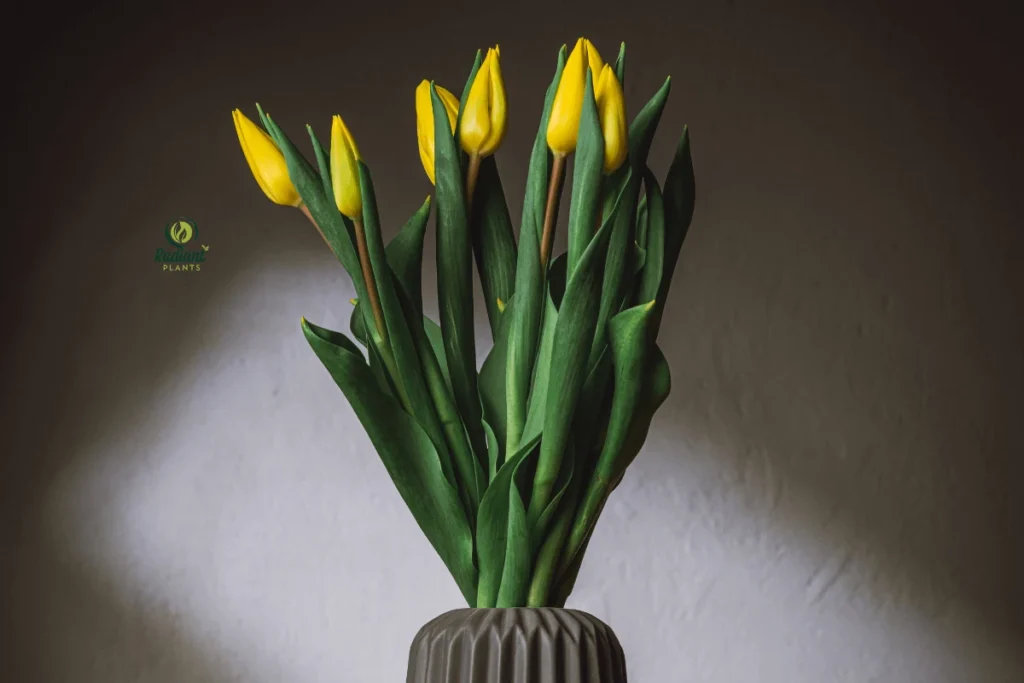
Not all yellow tulips are created to return every year—some are annuals, while others are bred to be reliable perennials. To keep tulips blooming long term, it’s crucial to select varieties that are known to rebloom, especially those from the Darwin Hybrid group or species tulips with strong genetic resilience.
Many gardeners unknowingly plant beautiful but short-lived tulip types, only to be disappointed when the blooms don’t return the following spring. By choosing the right variety of yellow tulips, you set the stage for years of vibrant, sunlit color in your garden beds or containers.
Best Reblooming Varieties (Perennial Types)
If you’re aiming for yellow tulips that come back each year with minimal fuss, start with these time-tested perennial types. These varieties have proven track records for hardiness, strong stems, and consistent flowering under the right care.
Below are some of the best yellow tulip varieties that are known for reblooming when planted and maintained correctly:
- Golden Parade – A classic Darwin Hybrid with large yellow blooms and sturdy stems.
- Yellow Emperor (Tulipa fosteriana) – Early bloomer with soft yellow petals; excellent for naturalizing.
- Big Smile – A tall, lemon-yellow variety with strong weather tolerance.
- Strong Gold – Bright, long-lasting flowers that perform well in mid-spring gardens.
- Jaune van der Drift – A species of tulip known for low-maintenance naturalization.
Each of these tulips is known for its resilience, perennial tendency, and stunning golden color, perfect for gardeners who want a vibrant return year after year.
📊 Top Perennial Yellow Tulip Varieties
Variety | Height | Bloom Time | Sun Needs | USDA Zone |
|---|---|---|---|---|
Golden Parade | 20–24 in | Mid-Spring | Full Sun | 3–7 |
Yellow Emperor | 14–18 in | Early Spring | Full Sun | 3–8 |
Big Smile | 24–28 in | Late Spring | Full Sun | 3–7 |
Strong Gold | 18–22 in | Mid-Spring | Full Sun | 3–7 |
Jaune van der Drift | 6–8 in | Early Spring | Full Sun | 3–8 |
These top perennial yellow tulips offer a range of bloom times and sizes, allowing you to design a continuous yellow wave from early to late spring. By selecting a few from different blooming windows, your garden can stay golden for weeks.
🛒 Where and How to Shop for Perennial Tulips
When shopping for bulbs, check labels or product descriptions. Look for tags like:
- “Good for naturalizing.”
- “Perennial performance”
- “Darwin Hybrid” or “Fosteriana group”
Avoid generic grocery store bulbs unless they specify perennial traits—they’re often bred for one impressive show. Choose from trusted gardening suppliers or tulip farms, and buy in the fall for best availability and freshness.
🌼 Bonus Tip: Mix for Layered Blooming
Want yellow tulips blooming for up to 6 weeks? Mix early bloomers like Yellow Emperor with mid-season (Strong Gold) and late (Big Smile) varieties. This technique, called succession planting, ensures your garden always has something to show off.
By carefully selecting reblooming yellow tulip varieties and planting them according to their strengths, you lay the groundwork for a radiant spring garden that lasts year after year.
In the next section, we’ll explore how to plant them the right way to maximize their return and health.
How to Plant Yellow Tulips for Yearly Blooms
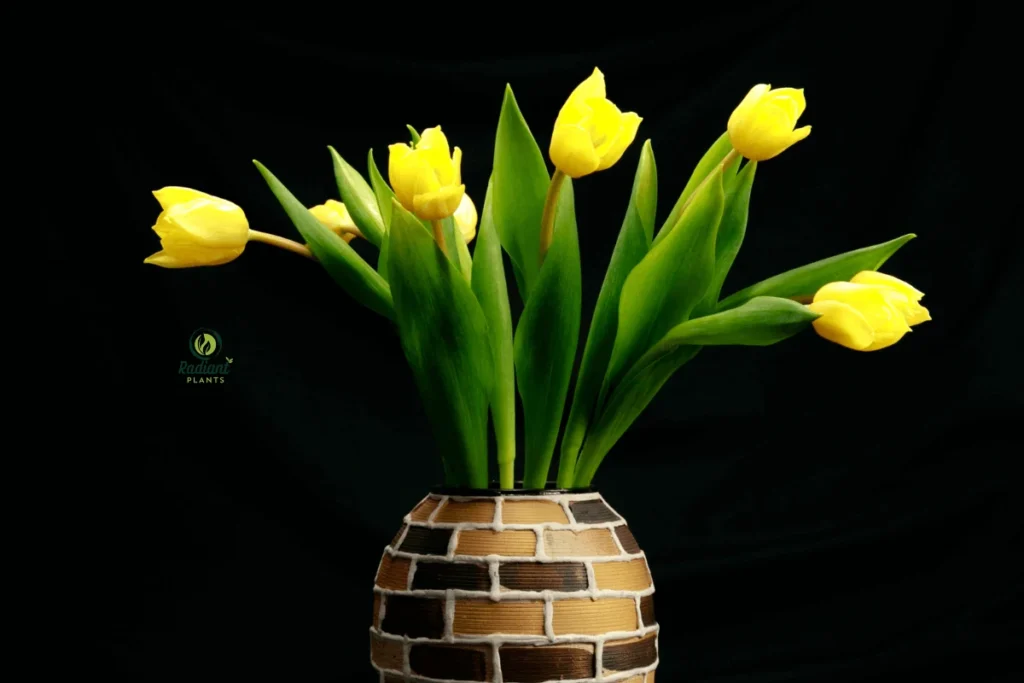
To ensure yellow tulips bloom every year, you need the right soil, planting depth, and timing. These foundational steps set your bulbs up for strong root development, reliable reblooming, and vibrant color every spring.
While yellow tulips may seem easy to plant, many gardeners miss key techniques that help them return season after season. Below is everything you need to know to get the best results—from the ground up.
Soil Prep and Drainage Tips
Tulips are particularly sensitive to soggy conditions, which can cause bulbs to rot. That’s why soil preparation is critical.
Start by choosing a location that receives full sun for at least 6 hours per day. Then, test your soil’s texture:
- If it feels heavy or sticky, it’s likely clay and needs amendments for drainage.
- If it crumbles easily and water drains well, it’s ideal for tulips.
🧱 Improve Drainage By:
- Mixing in compost, peat moss, or sand to lighten dense soil.
- Planting in raised beds or on a gentle slope to avoid water pooling.
- Avoid areas near downspouts or low spots in the yard.
💡 Pro Tip: Yellow tulips thrive in neutral to slightly acidic soil (pH 6–7). You can test soil pH with a simple at-home kit and adjust using lime or sulfur as needed.
Proper Depth and Spacing
Bulb depth and spacing are often underestimated, but they’re key to tulip success.
- Depth: Plant each bulb 6–8 inches deep (measured from bulb base to soil surface). This insulates against temperature swings and helps stabilize the stem.
- Spacing: Keep bulbs 4–6 inches apart, giving each one room to grow without competing for nutrients.
Plant with the pointed tip facing up and the flat base (where roots emerge) facing down. Gently press bulbs into place—don’t force them into hard ground.
Timing: When and Where to Plant
Timing matters just as much as technique.
- Best Time to Plant: In most regions, plant yellow tulips in the fall, around 6–8 weeks before the ground freezes. This gives the bulb enough time to root before winter dormancy.
- In zones 3–7, this usually means late September to early November.
- In warmer zones (8–10), pre-chill bulbs in the fridge for 10–12 weeks before planting.
- Where to Plant:
- Choose a spot with morning sunlight and good air circulation.
- Avoid planting in areas where water sits or drains poorly.
- Ideal companion plants include daffodils, grape hyacinths, and perennials that don’t shade the tulips in spring.
🪴 Perfect Spring Setup: Step-by-Step Planting Guide
Here’s your easy reference guide to planting yellow tulips for long-term success:
- Choose perennial varieties like Golden Parade or Yellow Emperor.
- Pick a sunny, well-drained location with 6+ hours of light daily.
- Amend soil with compost or sand to improve drainage.
- Plant bulbs 6–8 inches deep, pointy side up.
- Space bulbs 4–6 inches apart for airflow and healthy root zones.
- Water once after planting, then allow natural rainfall to take over.
- Mulch lightly to prevent winter soil heaving.
- Mark your spot to avoid digging them up accidentally in spring.
By following these steps, you significantly increase the odds that your yellow tulips will bloom beautifully each year, not just the first. Consistent results depend on good habits, and it all starts at planting time.
Next up: Learn how to care for your tulips through every season so they return stronger year after year.
Seasonal Care for Continuous Blooms
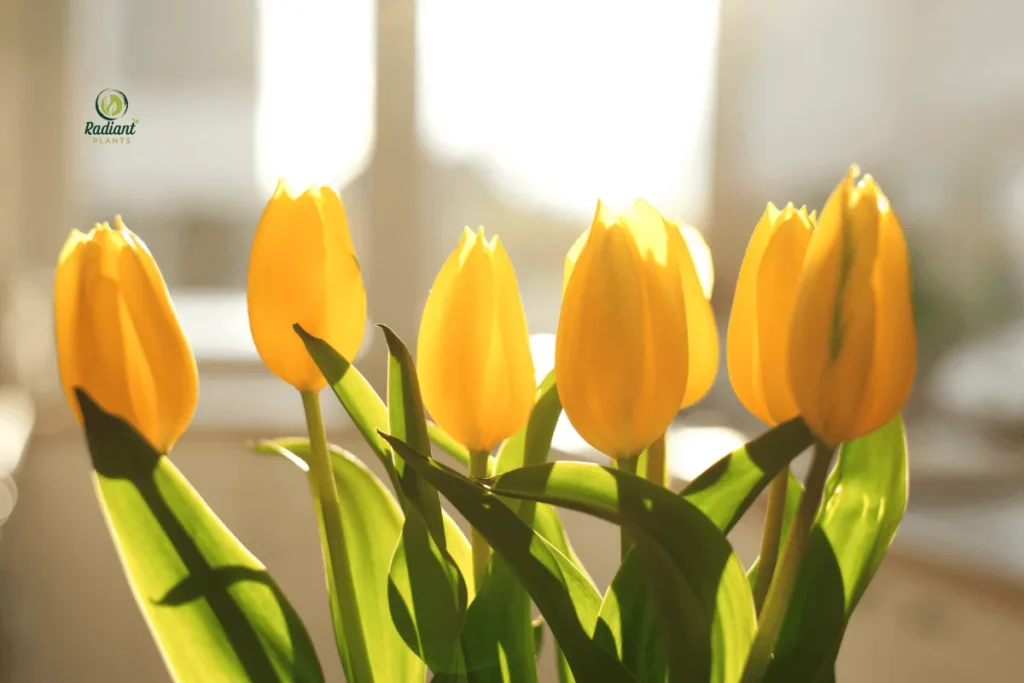
To keep yellow tulips blooming year after year, you need a simple seasonal care routine that includes proper watering, fertilizing, and post-bloom maintenance. Tulips may look effortless, but a bit of timely attention makes all the difference between one-time wonders and long-term floral returns.
With the right year-round care strategy, your yellow tulips can thrive through cycles of growth, dormancy, and rebloom.
Watering and Fertilizing Schedule
Yellow tulips don’t need much water, but timing is critical. Too much water in the wrong season leads to rot, while too little during early growth stunts their performance.
💧 Watering Guidelines:
- Fall (After Planting): Water deeply once after planting to settle the soil.
- Winter: No watering needed unless you’re in an arid climate with no precipitation.
- Spring (Emergence to Bloom): Water once a week if rainfall is under 1 inch.
- Summer (Dormancy): Avoid watering dormant tulip beds to prevent rot.
🌱 Fertilizing Tips:
- Apply a balanced, slow-release fertilizer (e.g., 10-10-10) when shoots emerge in early spring.
- Optionally, feed again lightly after bloom to help bulbs recharge.
- Don’t fertilize in fall unless your soil is nutrient-poor—focus on compost amendment instead.
💡 Avoid overfeeding, which can lead to leafy growth at the expense of flowers.
Deadheading and Leaf Management
Once tulips have bloomed, they shift energy back into the bulb for next year’s growth. Managing the flower and foliage properly is essential for this energy transfer.
✂️ Deadheading:
- Remove spent flowers promptly after the petals fall.
- Cut only the flower stem, not the leaves.
- This prevents seed formation and redirects energy to the bulb.
🍃 Leaf Management:
- Leave leaves intact until they yellow and die back naturally (usually 4–6 weeks after blooming).
- Never braid, tie, or cut green foliage—this blocks photosynthesis.
- Let the leaves feed the bulb, then remove when crisp and brown.
This small patience test is the key to stronger reblooming yellow tulips next spring.
What to Do After Bloom Ends
What you do in the post-bloom period determines whether your tulips come back next year.
🪻 Post-Bloom Checklist:
- Keep soil lightly moist until foliage yellows.
- Apply a light feeding of bulb-boosting fertilizer (optional).
- Allow full leaf dieback before removal.
- Mark your planting area for fall mulching or refreshing.
In hot climates or if your tulips are underperforming, you can dig up and store bulbs:
- Lift bulbs once foliage dies back.
- Dry them in a cool, shaded area.
- Store in a paper bag in a dry, dark place around 50°F.
- Replant in fall.
This method protects bulbs from soggy summer conditions and promotes consistent reblooming.
🗓️ Year-Round Yellow Tulip Care Schedule
Season | Tasks | Notes |
|---|---|---|
Fall | Plant bulbs 6–8″ deep, water once | Add compost, mulch lightly, mark location |
Winter | Chill period (natural or pre-chilled bulbs) | No watering; protect from rodents if needed |
Spring | Water as shoots emerge, fertilize once | Deadhead after bloom; do not cut leaves early |
Summer | Let foliage die back fully, stop watering | Option to lift and store bulbs if soil is soggy or warm |
This year-round yellow tulip care schedule is your go-to reference for every phase of growth, bloom, and dormancy. Stick to it, and your tulips will reward you with dependable color each spring.
Consistent seasonal care transforms your yellow tulips from a one-hit wonder into a dependable garden favorite.
In the next section, we’ll cover how to grow them successfully in containers, a perfect solution for small spaces and flexible design.
Growing Yellow Tulips in Containers
Growing yellow tulips in containers allows better control over soil quality, drainage, and climate exposure—making it a great option for small spaces or tricky garden zones. Whether you’re working with a balcony, patio, or raised deck, containers can help you achieve consistent blooms year after year.
The key is to mimic ideal ground conditions while protecting the bulbs from extremes in moisture and temperature.
Pot Size, Drainage & Location
Tulip bulbs may be small, but they need room to breathe. Choosing the right container setup ensures healthy roots and helps prevent rot.
🪴 Pot Size
- Use a container at least 12 inches deep and wide. This allows room for proper planting depth and spacing.
- For groups of tulips, plant 5–7 bulbs in a medium-sized pot with about 2 inches of space between each bulb.
🚿 Drainage
- Drainage holes are non-negotiable. Tulip bulbs sitting in stagnant water will quickly rot.
- Use well-draining potting mix, ideally one blended for bulbs or amended with sand or perlite.
- Add a layer of gravel or broken pottery at the bottom to improve water flow and reduce compaction.
🌞 Location
- Place containers in full sun—6+ hours a day—to encourage strong stems and vibrant yellow blooms.
- If you live in a warmer zone, move pots to a shady area during summer dormancy.
💡 Tip: Terra cotta pots are ideal for yellow tulips—they “breathe” better than plastic and help manage moisture levels naturally.
Special Notes for Reblooming in Pots
While container planting offers more control, it also requires a little more discipline to get your yellow tulips to return each year.
🧊 Chilling Requirements
- Tulips need a cold period of 12–16 weeks below 45°F.
- In zones 8–10, place your potted bulbs in a garage, shed, or refrigerator from late fall through mid-winter before bringing them out.
🌿 After Bloom Care
- After flowering, allow foliage to die back naturally, just like in the ground.
- Continue light watering until the leaves yellow and dry out completely.
- Then, either:
- Leave bulbs in the pot in a dry, cool area until next fall, or
- Remove and store them in a paper bag in a ventilated, dark location.
🌱 Replanting Tips for Pots
- Refresh the potting soil each season, or at least the top 50%.
- Inspect bulbs before replanting—discard any that are soft, moldy, or discolored.
- Add a small amount of bone meal or bulb fertilizer when replanting in the fall.
📋 Quick Reference: Container Tulip Checklist
Task | Best Practice |
|---|---|
Pot Size | 12 inches deep & wide minimum |
Soil | Fast-draining mix with compost and sand/perlite |
Drainage | Required: add gravel or mesh at the bottom |
Light | Full sun (6+ hrs/day); partial shade after blooming |
Winter Chill (Zones 8–10) | Chill pots or bulbs in fridge for 12–16 weeks |
After Bloom | Required: add gravel or mesh at bottom |
Growing yellow tulips in containers allows better control over their environment—especially in regions with poor soil or unpredictable weather. With just a few extra steps, you can enjoy rich yellow blooms on patios, balconies, and porches each spring, without sacrificing beauty or longevity.
Next, we’ll explore how to troubleshoot blooming problems and revive struggling tulips for a stronger season ahead.
Troubleshooting: Why Aren’t They Blooming Again?
When yellow tulips don’t bloom again, the cause is usually poor soil conditions, weak bulbs, or improper aftercare. Identifying the issue early can help you fix it before next season and get your tulips back to blooming reliably.
Let’s walk through how to diagnose poor performance and what to do when your yellow tulips fall short of expectations.
Diagnosing Poor Performance
When your yellow tulips come up with no flowers—or worse, don’t emerge at all—it’s usually one of these common issues:
🚫 No Blooms, Just Leaves
- Cause: The bulb didn’t store enough energy last year.
- Fix: Don’t cut leaves too early after blooming. Let foliage turn yellow naturally to recharge the bulb.
🌱 Weak, Stunted Growth
- Cause: Shallow planting, compacted soil, or inadequate chilling period.
- Fix: Plant bulbs 6–8 inches deep in loose, well-draining soil. In warm zones, pre-chill bulbs in fall.
🌧️ No Emergence At All
- Cause: Bulbs may have rotted due to overwatering or poor drainage.
- Fix: Dig into the soil to inspect. If soft or mushy, the bulb is no longer viable.
🧬 Inconsistent Blooming
- Cause: Mixed bulb types—some are perennial, others are one-season bloomers.
- Fix: Stick to reblooming varieties like Golden Parade or Strong Gold for reliable return.
Reviving Weak Bulbs or Transplanting
If your yellow tulips are performing poorly but not completely lost, there’s still hope.
🪻 Steps to Revive Weak Tulip Bulbs:
- After the bloom season, allow leaves to die back completely.
- Gently dig up bulbs in late spring or early summer.
- Inspect for firmness—discard any that are soft, moldy, or shriveled.
- Allow healthy bulbs to air-dry for a few days.
- Store them in a paper bag in a cool, dry, dark place (50–60°F).
- Replant in fall with fresh soil and bulb fertilizer.
Sometimes, bulbs just need a reset—especially if they’ve been in the same location for several years.
💡 Tip: Rotate planting spots every few years to prevent disease buildup in the soil and improve overall bulb health.
❓ Frequently Asked Questions (FAQ)
Do yellow tulips come back every year?
Some do! Perennial yellow tulips—like Darwin hybrids, Fosteriana, and species varieties—can rebloom for 3–5 years if planted deeply, in well‑drained soil, and allowed their leaves to die back naturally.
When should I plant yellow tulip bulbs?
Plant yellow tulips in fall, about 6–8 weeks before the ground freezes—typically late September to early November in zones 3–7. In warmer zones, pre‑chill bulbs 12–16 weeks before transplanting to mimic winter conditions.
How can I grow yellow tulips in pots?
Use a 12″+ pot with excellent drainage, fast‑draining soil, and full sun. Pre‑chill bulbs, allow foliage to die back after bloom, and either store or leave bulbs in‑pot for fall replanting.
How long do yellow tulip bulbs last?
With good care, perennial yellow tulip bulbs can last 3–5 years before blooms begin to fade. Refresh or divide bulbs every few seasons to maintain vibrant spring color.
Should I dig up yellow tulip bulbs after blooming?
In warm or wet climates, it’s best to dig up bulbs after foliage dies, dry them, and store them in a cool, dry spot until fall. In cooler regions with good drainage, bulbs can safely overwinter in the ground.
By identifying the specific reasons your yellow tulips aren’t performing well and adjusting your care accordingly, you can dramatically improve next season’s results. With a few tweaks, your garden can be back to full golden glory.
Next, we’ll wrap up with final tips and a quick recap to ensure your tulips bloom reliably for years to come.
Conclusion
With the right approach, yellow tulips can be more than just a one-season wonder. By choosing perennial varieties, planting them deeply in well-drained soil, and caring for them through every season—from post-bloom to dormancy—you’ll enjoy a cheerful burst of gold in your garden year after year.
Remember to let the leaves fade naturally, refresh your soil if needed, and rotate or lift bulbs when conditions call for it. Whether you’re growing in beds or containers, a little planning goes a long way.
Want to make your entire garden thrive with the same success?
🌱 Explore more care tips for other spring bulbs or 🌼 browse our full plant guides for inspiration and expert advice.
Here’s to many seasons of sunshine-colored blooms!

